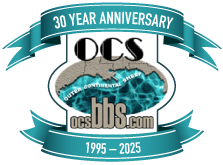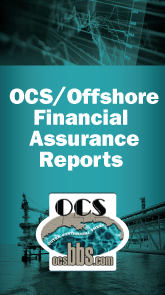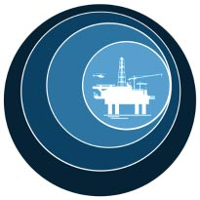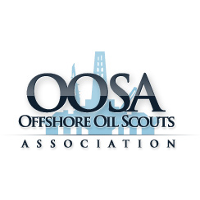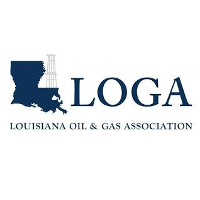Water Survival Craft
Effective Date: 1/29/2001
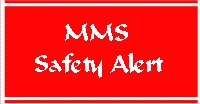 | U.S. Department of the Interior |
| Safety Alert No. 192 revised January 29, 2001 | Contact: Jack Leezy |
Water Survival Craft
The MMS is revising Safety Alert No. 192 by changing the seat widths as reflected in the report. The revised Safety Alert follows.
The Minerals Management Service (MMS) and the United States Coast Guard (USCG) have examined a report of a study conducted by an offshore operator of their survival craft payloads. This study looked at the manufacturer’s design standards for several models of covered survival craft (lifeboats) used on the operator’s offshore facilities. During this examination, the operator discovered that some of their survival craft were rated by the manufacturer to accommodate more personnel than the operator could properly seat within the unit. This was confirmed during several field trials. The operator concluded that this occurred because the "average" worker on their offshore facilities was larger than the approved design standard used to build the survival craft. The personnel weight standard used for the design of survival craft is 165 pounds with a seat width of 17 inches. Although this standard may be appropriate for the offshore industry in other areas of the world, it may not be appropriate for personnel working in the GOM. The operator’s study concluded that the average offshore worker at their facilities weighs 210 pounds and has a seat width of 21 inches. Therefore, the difference in weight and width of the design standard and that of the personnel in the offshore industry in the GOM could have an effect on the seating capacity, stability, buoyancy, and structural adequacy of the survival craft. To accommodate the larger personnel at their GOM facilities properly, the operator chose to reconfigure some of the seating, as well as de-rate the overall capacity of selected survival craft.
The operator examined this same issue with respect to liferafts, but did not observe a similar problem.
Operators are advised to be aware of these potential overloading situations on survival craft caused by the larger size of the average GOM offshore worker. For more information, operators are urged to contact their nearest Coast Guard Officer in Charge of Marine Inspections.
—GOMR—MMS—
